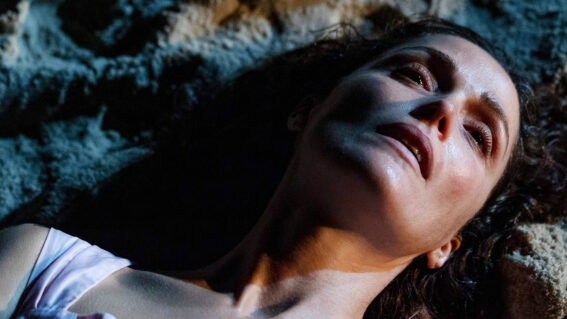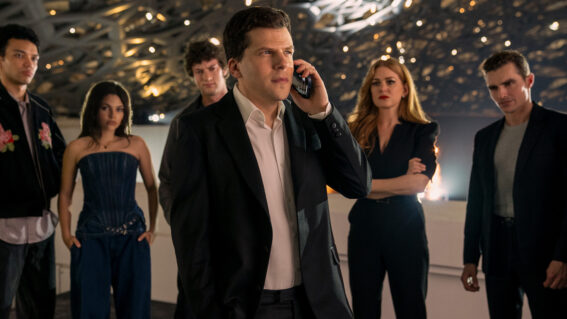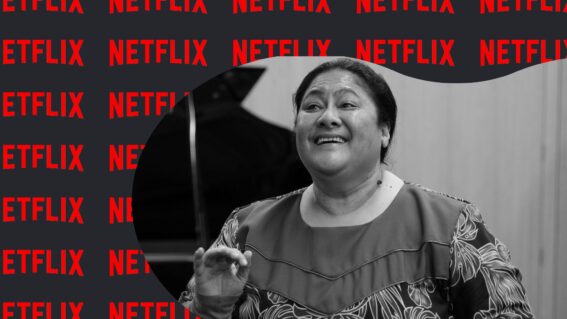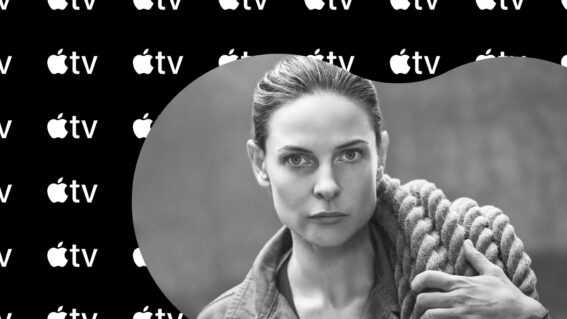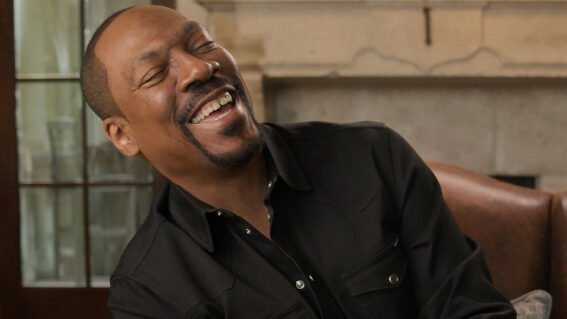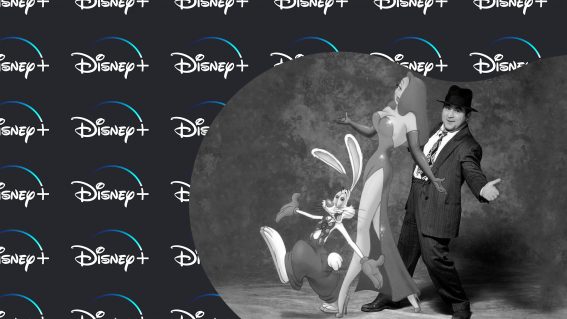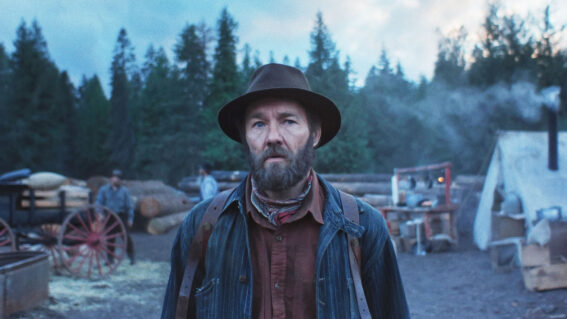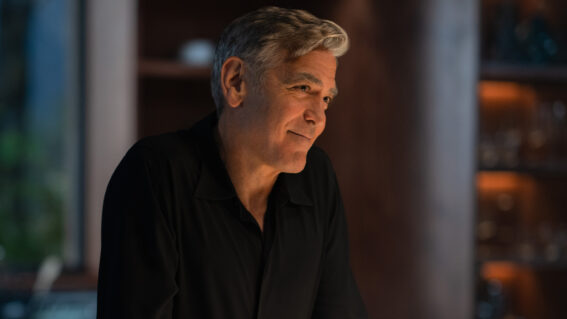Revisiting Maze Runner, one of the only survivors of the YA craze
Director Wes Ball might be the only filmmaker in history to make his feature debut(s) with a blockbuster trilogy.

Wes Ball, director of Kingdom of the Planet of the Apes, made his feature debut ten years ago with The Maze Runner trilogy. Liam Maguren revisits this very entertaining, hugely overshadowed YA dystopian series.
The 2010s saw many contenders attempt to fill the YA void left behind by Harry Potter and Twilight. I Am Number Four, The Mortal Instruments: City of Bones, Beautiful Creatures, The Host, and The 5th Wave were shoved into cinemas like cattle through a grinder. They intended to have sequels. None of them did. Shailene Woodley vehicle Divergent, perhaps the biggest victim of the lot, managed to get three films deep before getting minced.
The Hunger Games killed the competition by completing its saga with financially successful, crowd-pleasing, critical hit films. Did the final story need to be split into two parts? Arguably no, but that didn’t stop the Jennifer Lawrence-headed franchise from becoming a mainstay in pop culture, warranting the release of a successful prequel just last year.
And then there’s The Maze Runner, a saga lurking in The Hunger Games’ shadow. Neatly capping an overarching three-movie story arc of teenage lab rats in a dystopian future, it’s easy to forget how that series crossed its own finish line and earned well at the global box office. Rewatching all three, it’s surprising how well they work back-to-back-to-back while remaining distinct from one another.
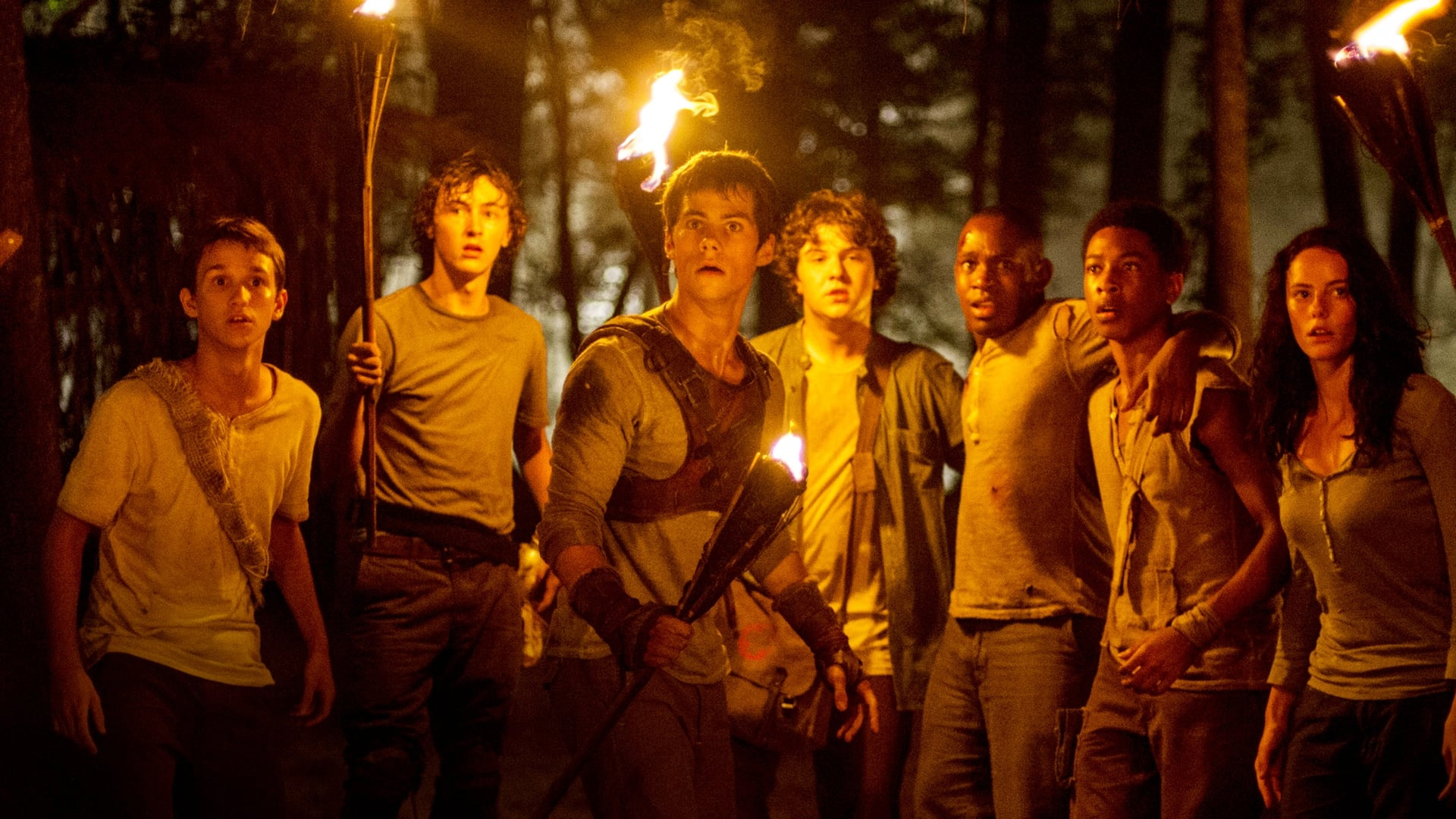
By all accounts, 2014’s The Maze Runner is the best in the saga. Director Wes Ball, perhaps the only filmmaker to debut with a blockbuster trilogy, pitched the first film as Lord of the Flies meets Lost. I’d pitch it as Cube for kids. Either way, the idea comes through with gusto, doing a rock-solid job of blending social tensions between a group of amnesiac teenage boys with the thrills of seeing these lads explore this trap-riddled maze of mystery.
Physically, Dylan O’Brien brings a lot to the film, always managing to run at the speed of utter desperation (some films still can’t get this right), even breaking his cheekbone during a jumping stunt. As team leader Alby, Aml Ameen boosts the film’s heart with plenty of beyond-his-years warmth, assisted heavily by Thomas Brodie-Sangster as level-headed loyalist Newt, and Blake Cooper as bright-eyed youngster Chuck, who got the role after bugging Ball about it on Twitter.
The film also marks a vital step in the career ascension of Will Poulter, who plays alpha jackass Gally. He’s the peaked-at-high-school type of jock who loves being top dog in this confined community, so when O’Brien’s Thomas starts making claims about being able to legitimately escape the maze, Gally’s quick to shut him down.

Things take a sinister turn when Teresa (Kaya Scodelario) turns up unconscious with the note: “This is the last one.” She’s the only girl in this society of teenage boys, and the more you think about that note, the more disturbing the implications get. Fortunately, Ball doesn’t let you mull on that for too long, choosing instead to focus on the survival situation at hand.
Now a decade old, it’s impressive how well The Maze Runner holds up visually with its crafty mix of computer and practical effects. The Grievers haven’t aged flawlessly, but they still look cool, and the publicity team at the time deserves props for not revealing their look in the marketing materials.
Despite a rushed ending, The Maze Runner still stands as a breathless blast of a YA blockbuster, nimbly catering towards both the sci-fi and survival genres. (I didn’t give it nearly enough credit when I first reviewed it.) It gained such good early word-of-mouth with audiences that the sequel got greenlit immediately, though if you were to call the first film a wildly entertaining movie hanging on one original conceit, then the second film would be a fun movie hanging on a bunch of unoriginal ones.

While it doesn’t stand up to the first Maze Runner, The Scorch Trials at least stands apart by providing a significantly different experience. Thomas and his fellow escapees are introduced to the outside world, a total disaster zone mangled by rising temperatures and a deadly global virus.
Hard to believe this was made before the COVID pandemic and the 2017 Climate Science Special Report. Not that Ball ponders the real-world implications of such events; he’s far more interested in using this setup to stage effective prison escape sequences, moments of undead horror, and—as if making up for the lack of mazes—lots of running.
Long-time movie-lovers would have seen all this before (and I’m sure were quick to point out Ball’s love for Jurassic Park in this scene ripped wholesale from The Lost World). However, given its target audience, The Scorch Trials made for a good introduction to the subgenres it mirrors—especially apocalyptic wasteland cinema.

In the small window between the end Breaking Bad and the start of Better Call Saul, Giancarlo Esposito sprung far away from his iconic role as suited drug lord Gus Fring to play lively Han Solo-esque rebel Jorge. Posing as a hardened badass for his gang of hellscape highwaymen but a softened father figure for young Brenda (a pre-Alita Rosa Salazar), Esposito’s Jorge burns enough charm and charisma that he could swipe the whole movie from O’Brien if he wanted to.
It’s a damn shame Esposito hasn’t been given this kind of opportunity to fully indulge in similar roles, relegated instead to playing Gus in England, Gus in horror, Gus in space, Gus in a superhero franchise, and Gus in a videogame.
The Scorch Trials diverted greatly from the books (you’ll notice the lack of trials in the film), with Ball keeping tight focus on the characters’ desperate mission of finding a supposed safe haven. This dash through the doomsday desert dodging what they called ‘Cranks’ (who sport a suspicious similarity to Clickers from The Last of Us) would lead the youngsters—again—to a very different third movie: Maze Runner: The Death Cure.
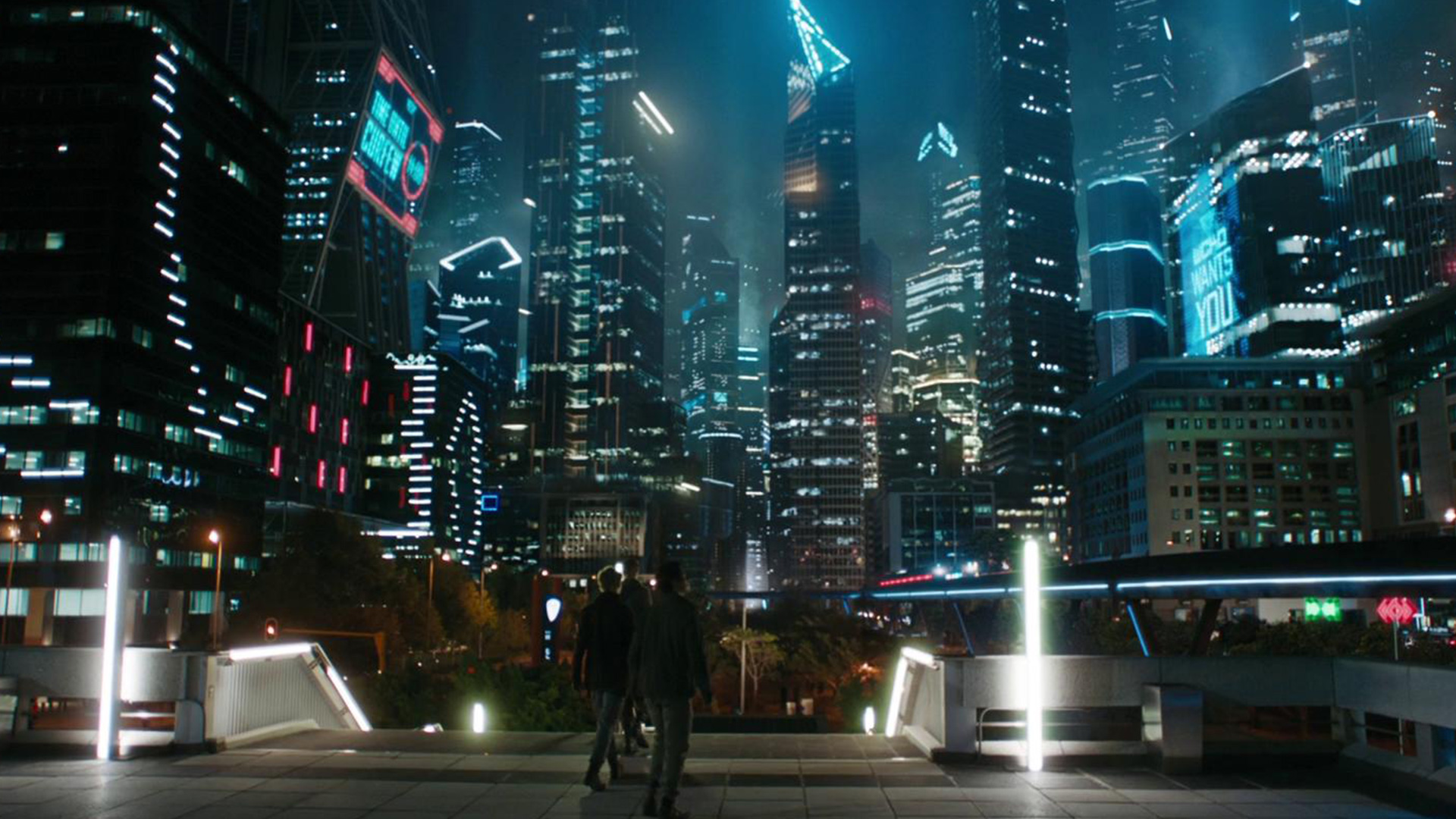
The final chapter of the trilogy wouldn’t arrive for another three years, the production getting delayed for 12 whole months after O’Brien suffered a serious injury during the opening train sequence. It’s a hell of an opener though, another case of Ball doing an old-school action setup well with a tightly choreographed piece of car ballet that may have wow-ed people more had George Miller not just blew people’s minds out their ears with Mad Max: Fury Road.
This opening scene, which wasn’t even in the book, contains the moment that took out the lead actor for a year. Ball asked O’Brien if it was OK to use the shot, to which O’Brien replied: “I need you to, in a way. I would be more heartbroken than if it just went to waste.” What a trooper.
The majority of The Death Cure takes place inside the last proper city on earth, an elitist utopia full of tall shiny buildings and a Trump-like wall keeping the “undesirables” out. No surprises, then, that that’s where Thomas and the gang find WCKD, the morally corrupt science tech company who stuck them in a death maze for “the greater good.”
It’s essentially an infiltration thriller, one that tasks Thomas and the gang to get inside WCKD to rescue imprisoned kids. Walton Goggins, playing noseless in an apocalyptic wasteland long before his role in Fallout, has a fun bit-role as a kind of mutant Jesus of the “undesirables” looking to break into the city with his legion of followers.
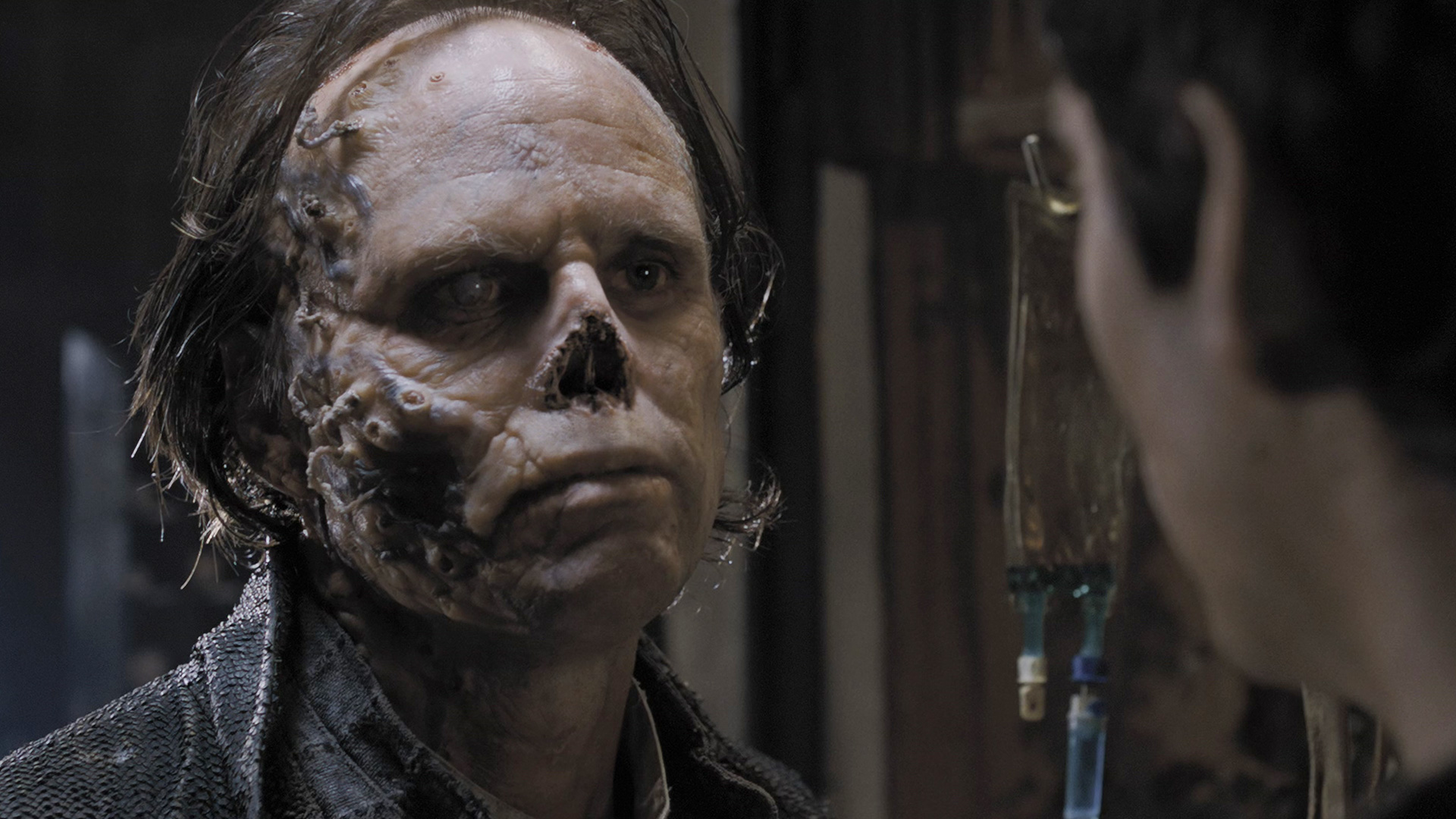
These elements collide into a third act of sustained chaos, where Thomas and friends desperately try to stay on course while the city literally falls around them. If the film’s finale fails to capitalise on Patricia Clarkson’s WCKD scientist Ava, it at least allows Aidan Gillen to go full smarm as designated dickhead Janson, seemingly giddy that he gets an excuse to fight a teenage boy.
Not that any of these teenagers look like teenagers at this point. Only months have passed since their escape from the maze, but due to the film’s understandable delay, the young cast noticeably aged by years.
Audiences didn’t seem too fussed by that, however. For a brief moment in time, The Death Cure was the highest grossing movie of 2018 worldwide. Then, Black Panther came out.
Interestingly, Ball made the bold decision to break away from the book (again) and not set the climax in another maze. This reflects the trilogy’s strongest asset: to have each film be distinct from one another. Essentially, each movie represents a different flavour of dystopia: The Maze Runner tastes of survivalist dystopia; The Scorch Trials reeks of apocalyptic dystopia; and The Death Cure contains plenty of licks of civil dystopia. (They even adhere to a dedicated colour palette—green, orange & blue.)
Dystopian adventure is clearly Ball’s buttered bread. In 2011, his animated short film Ruin showed off his giddy love for blockbuster entertainment set within the rubbles of a collapsed human civilisation, and we’re seeing it once again with Kingdom of the Planet of the Apes. The Maze Runner trilogy thrives off this consistent vision and energetic drive, and while it may not reach the heights of The Hunger Games, it garnered enough affection to warrant another film in the works.









